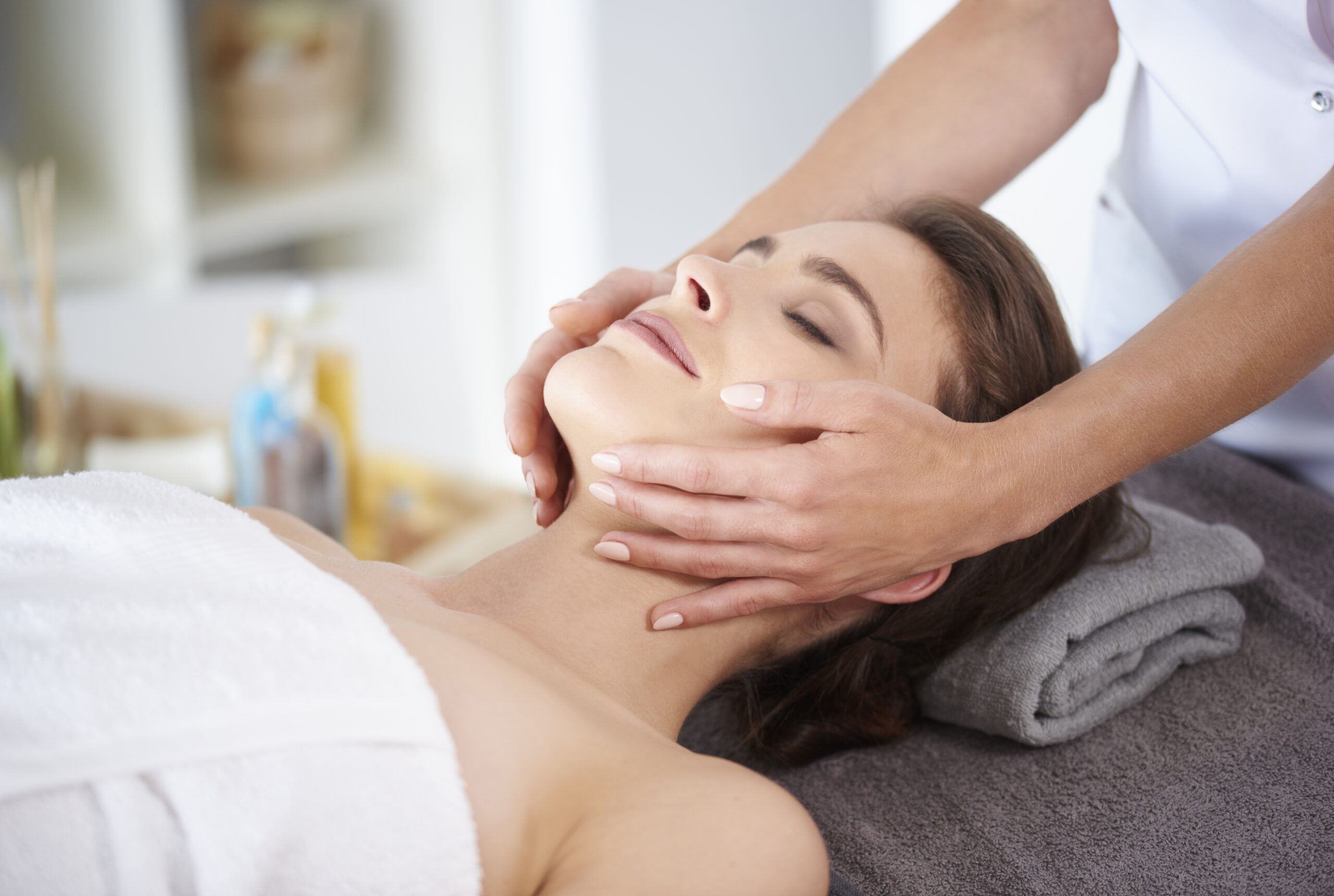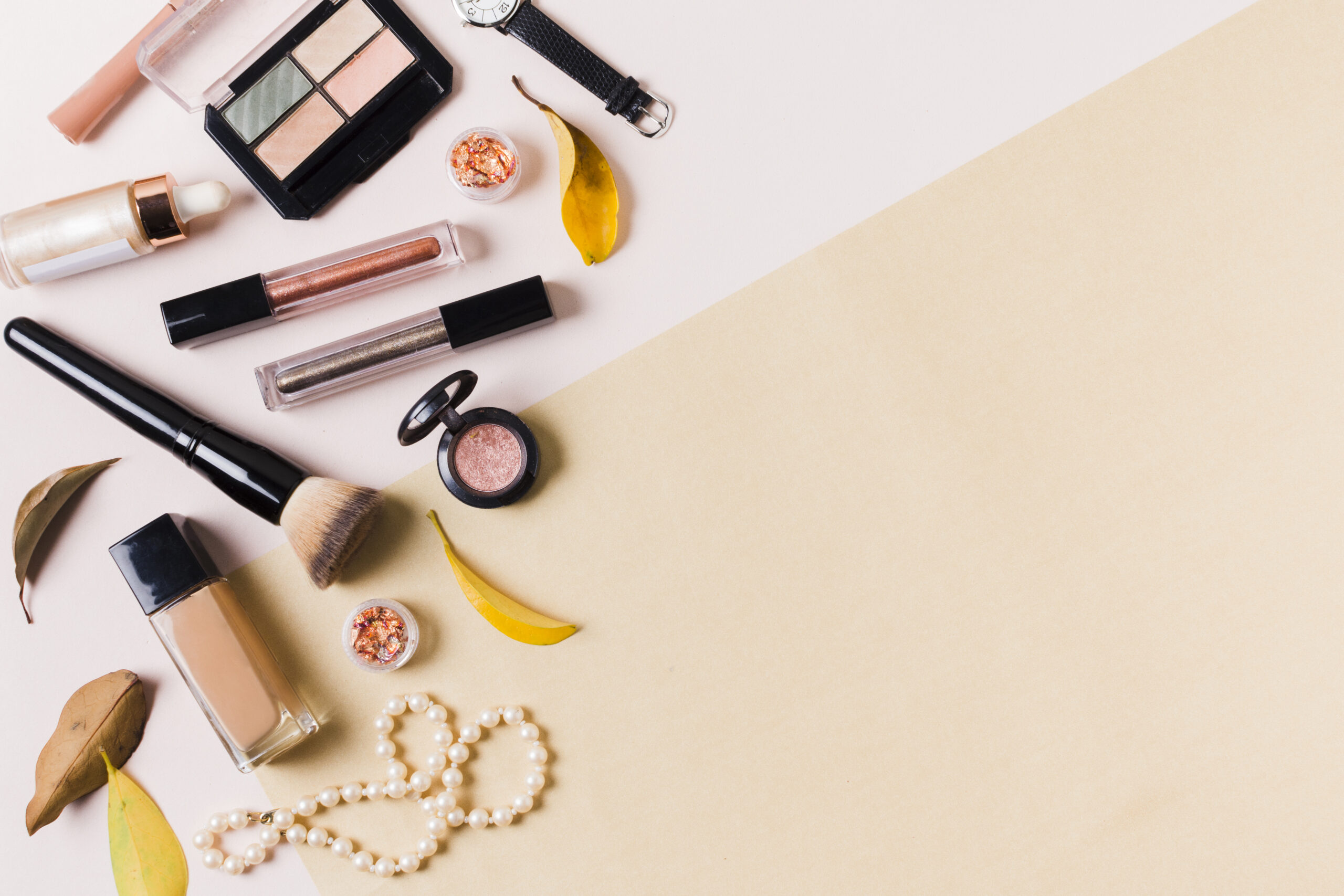How to Fix Oily Skin Naturally: Effective Tips for a Healthier Glow

How to fix oily skin naturally
Oily skin can be a challenge, but the good news is that with a few natural remedies, you can balance your skin’s oil production and enjoy a clearer, healthier complexion. If you’ve been battling oily skin, you’re not alone – this common concern affects people of all ages and skin types. The key lies in understanding why your skin is oily and finding gentle, natural ways to manage it. In this blog, we will explore effective, easy-to-follow natural remedies to fix oily skin, all while maintaining your skin’s health.
What Causes Oily Skin?
Before jumping into the remedies, it’s essential to understand the root causes of oily skin. The sebaceous glands in your skin produce an oil called sebum. While sebum is necessary to keep your skin hydrated and protected, excess production can lead to clogged pores, breakouts, and a greasy appearance. Several factors can contribute to oily skin:
- Genetics: Oily skin often runs in families.
- Hormonal Fluctuations: Hormones can increase oil production, especially during puberty, pregnancy, or menstruation.
- Climate: Hot, humid weather can make the skin produce more oil.
- Diet: Consuming excessive amounts of greasy, fried, or sugary foods can trigger oil production.
- Skincare Products: Some skincare products may strip your skin of moisture, causing it to overcompensate by producing more oil.
With this in mind, here are 10 natural ways to help you manage oily skin effectively.
1. Use a Gentle Cleanser
Cleansing your face twice a day is crucial to remove excess oil and prevent clogged pores. However, harsh cleansers can strip your skin of its natural oils, triggering even more oil production. Opt for a gentle, natural cleanser that won’t disrupt your skin’s natural balance.
Natural Tip: Look for a gentle, non-comedogenic cleanser with ingredients like aloe vera, chamomile, or green tea. These help soothe and cleanse the skin without over-drying it.
2. Try Lemon Juice and Honey
Lemon juice is a powerful natural astringent that can help control excess oil and tighten pores. Honey, on the other hand, is a natural humectant that moisturizes the skin without making it greasy. Together, they create a perfect balance to combat oily skin.
How to Use: Mix one tablespoon of fresh lemon juice with one tablespoon of honey and apply the mixture to your face. Leave it on for 10–15 minutes before rinsing with lukewarm water. This simple remedy can be done twice a week for best results.
Why It Works: Lemon has antibacterial properties that can help reduce acne-causing bacteria, while honey’s moisturizing effect prevents dryness, keeping your skin smooth and hydrated.
3. Aloe Vera for Oil Control
Aloe vera is well-known for its soothing properties, but it also helps regulate oil production. It helps cool irritated skin, reduces inflammation, and balances the skin’s moisture levels.
How to Use: Apply fresh aloe vera gel directly to your face, leave it on for about 10–15 minutes, then rinse off with lukewarm water. You can do this daily to keep oiliness at bay.
Why It Works: Aloe vera’s anti-inflammatory properties calm the skin and reduce redness while regulating sebum production, making it an excellent natural solution for oily skin.
4. Tea Tree Oil for Acne and Oil Control
Tea tree oil is a popular remedy for acne and oily skin due to its powerful antimicrobial properties. It helps cleanse your skin without causing it to dry out, and it also fights acne-causing bacteria.
How to Use: Dilute tea tree oil with a carrier oil like coconut or jojoba oil. Apply it to areas where you have excess oil or breakouts, using a cotton swab. Leave it on for a few hours or overnight before rinsing.
Why It Works: Tea tree oil kills bacteria that contribute to acne, helping clear up breakouts while regulating oil production.
5. Green Tea as a Toner
Green tea is packed with antioxidants that can help reduce excess oil, control acne, and soothe the skin. It has anti-inflammatory and antibacterial properties, making it a great addition to your skincare routine.
How to Use: Brew a strong cup of green tea, let it cool, and use it as a toner. Apply the tea to your face with a cotton ball and leave it on.
Why It Works: The catechins in green tea help to balance oil production and protect the skin from environmental stressors, keeping it clear and healthy.
6. Exfoliate with Natural Scrubs
Exfoliating your skin helps to remove dead skin cells and prevent clogged pores, which can contribute to excess oil and acne. Natural exfoliants like oatmeal, sugar, and coffee grounds can gently scrub away the buildup without irritating the skin.
How to Use: Mix ground oatmeal with honey to form a paste. Gently massage it onto your face for 1–2 minutes in a circular motion, then rinse off with warm water.
Why It Works: Oatmeal helps absorb excess oil and gently exfoliates the skin without over-drying it, while honey keeps the skin hydrated.
7. Witch Hazel for Oil Absorption
Witch hazel is an effective, natural astringent that can tighten the skin and control oil. It’s great for oily and acne-prone skin, as it helps to remove excess sebum and soothe irritated areas.
How to Use: Apply witch hazel directly to your skin using a cotton pad. Use it after cleansing your face or as a toner in your skincare routine.
Why It Works: Witch hazel has strong anti-inflammatory and antimicrobial properties, which help to balance oil production and prevent acne breakouts.
8. Apple Cider Vinegar for Oil Regulation
Apple cider vinegar (ACV) can help balance your skin’s pH levels and regulate sebum production. Its astringent properties help tighten pores and prevent oil buildup.
How to Use: Dilute ACV with water (1 part vinegar to 3 parts water) and apply it to your skin using a cotton ball. Use it as a toner after cleansing your face.
Why It Works: ACV contains acetic acid, which helps balance the skin’s natural oils and reduces inflammation, making it perfect for oily and acne-prone skin.
9. Use a Clay Mask
Clay masks, such as bentonite or kaolin clay, are natural oil-absorbing ingredients that can help remove excess oil and impurities from your skin. They’re especially useful for deep cleansing and detoxifying oily skin.
How to Use: Mix clay powder with water or apple cider vinegar to form a paste. Apply it to your face, leave it on for 10–15 minutes, and rinse with lukewarm water.
Why It Works: Clay draws out excess oil and impurities, giving your skin a refreshed, matte finish while controlling oil production.
10. Diet and Lifestyle Changes
The food you eat can impact your skin. Diets high in sugar, processed foods, and dairy can contribute to oily skin. Incorporating more whole foods like fruits, vegetables, and healthy fats into your diet can help regulate oil production.
Foods to Include:
- Omega-3 fatty acids (found in fish, chia seeds, and walnuts) can reduce inflammation and balance oil.
- Zinc-rich foods (like pumpkin seeds, spinach, and lentils) can help control oil production.
Why It Works: A nutrient-rich diet helps balance hormone levels and improves overall skin health, preventing excessive oil production.
Conclusion
Oily skin is a common concern, but with the right natural remedies, it can be effectively managed without harsh chemicals or expensive treatments. By using gentle cleansers, aloe vera, tea tree oil, green tea, and other natural remedies, you can regain control of your skin and enjoy a balanced, glowing complexion. Incorporate these remedies into your daily skincare routine and give your skin the care it deserves.
Remember, consistency is key when it comes to skincare. Stick with these natural remedies for a few weeks, and you’ll start to notice the difference. You don’t have to battle oily skin alone—nature has provided you with simple, effective solutions to achieve the beautiful skin you desire.
Disclaimer: Always patch test any new ingredient or product on a small area of your skin to ensure you’re not allergic or sensitive to it. Consult a dermatologist if you have persistent skin issues.
FAQ: How to Fix Oily Skin Naturally
1. What causes oily skin?
Oily skin is primarily caused by an overproduction of sebum (skin oil) from the sebaceous glands. Several factors can contribute to this, including genetics, hormonal fluctuations (such as puberty, menstruation, or pregnancy), and environmental factors like hot and humid weather. Diet, stress, and improper skincare routines (e.g., over-cleansing) can also trigger excessive oil production.
2. Can oily skin be completely cured?
While you cannot completely “cure” oily skin, it can be effectively managed with a consistent skincare routine that focuses on balancing oil production. Natural remedies, such as aloe vera, tea tree oil, and clay masks, can help control excess sebum, minimize breakouts, and improve the overall health of your skin.
3. How often should I wash my face if I have oily skin?
It’s recommended to wash your face twice a day—once in the morning and once before bed. Use a gentle, non-stripping cleanser to avoid irritating your skin. Over-washing can worsen oil production by causing your skin to dry out and compensate by producing more oil.
4. Does lemon juice help with oily skin?
Yes, lemon juice is a natural astringent that helps absorb excess oil and tighten pores. It also contains vitamin C, which can brighten and clear the skin. However, lemon juice can be harsh, so it should always be diluted with water or mixed with honey before applying it to the skin. Avoid direct sun exposure after use to prevent sensitivity to UV rays.
5. How can tea tree oil benefit oily skin?
Tea tree oil is known for its antimicrobial properties, which help to control acne and reduce excess oil. It can prevent clogged pores and bacterial growth, both of which contribute to oily skin and acne. Always dilute tea tree oil with a carrier oil, like jojoba or coconut oil, before applying it to your face.
6. What foods help reduce oil production in the skin?
A diet rich in antioxidants, omega-3 fatty acids, and zinc can help control oil production. Foods like salmon, walnuts, flaxseeds, spinach, and pumpkin seeds are known to support skin health and reduce inflammation. Reducing your intake of greasy, processed, or sugary foods may also contribute to less oil and fewer breakouts.
7. How can I tell if my skin is oily or just dehydrated?
Oily skin tends to feel greasy, particularly in the T-zone (forehead, nose, chin), and often develops visible shine. Dehydrated skin, on the other hand, may feel tight or rough and can still appear oily due to the skin’s overcompensation for moisture loss. If your skin feels parched but still produces oil, it may be a sign of dehydration rather than excessive oil.
8. How long does it take to see results from natural remedies?
Results from natural remedies typically take a few weeks to become noticeable. Consistency is key, so it’s important to stick with a skincare routine and give it time to work. While some remedies may offer quicker relief (like tea tree oil for acne), expect gradual improvements when managing oily skin with natural methods.
- The Ultimate Guide to Cold Plunge Therapy: Benefits, Risks, and How to Get Started
- “Mental Wellness: Nurturing Your Mind for a Better Life”
- Holistic Wellness Beauty: Unlocking the Secret to True Radiance
- Sustainable Beauty: A Comprehensive Guide to Eco-Friendly Practices
- AR and VR in Beauty: Transforming the Industry with Immersive Technology





